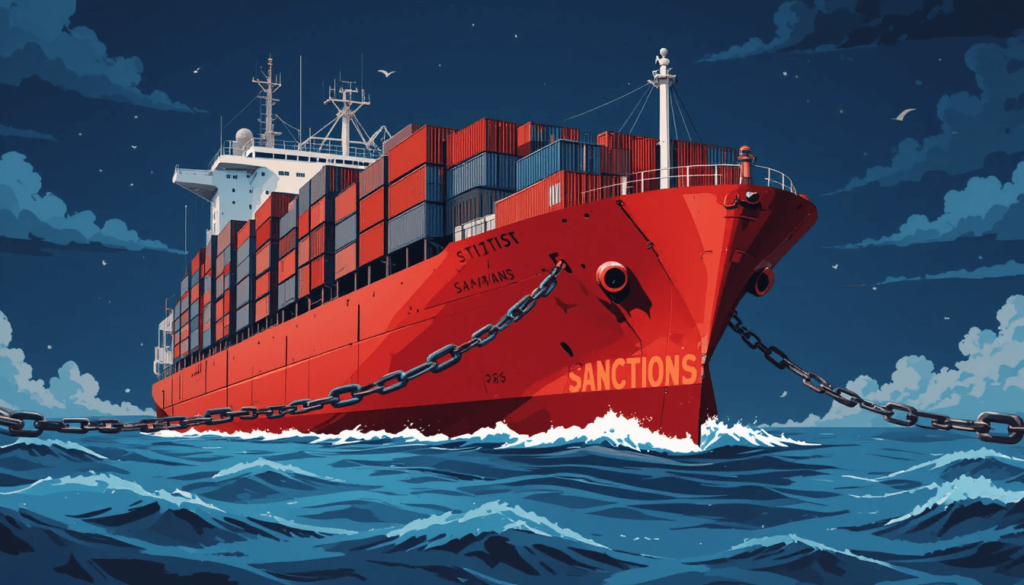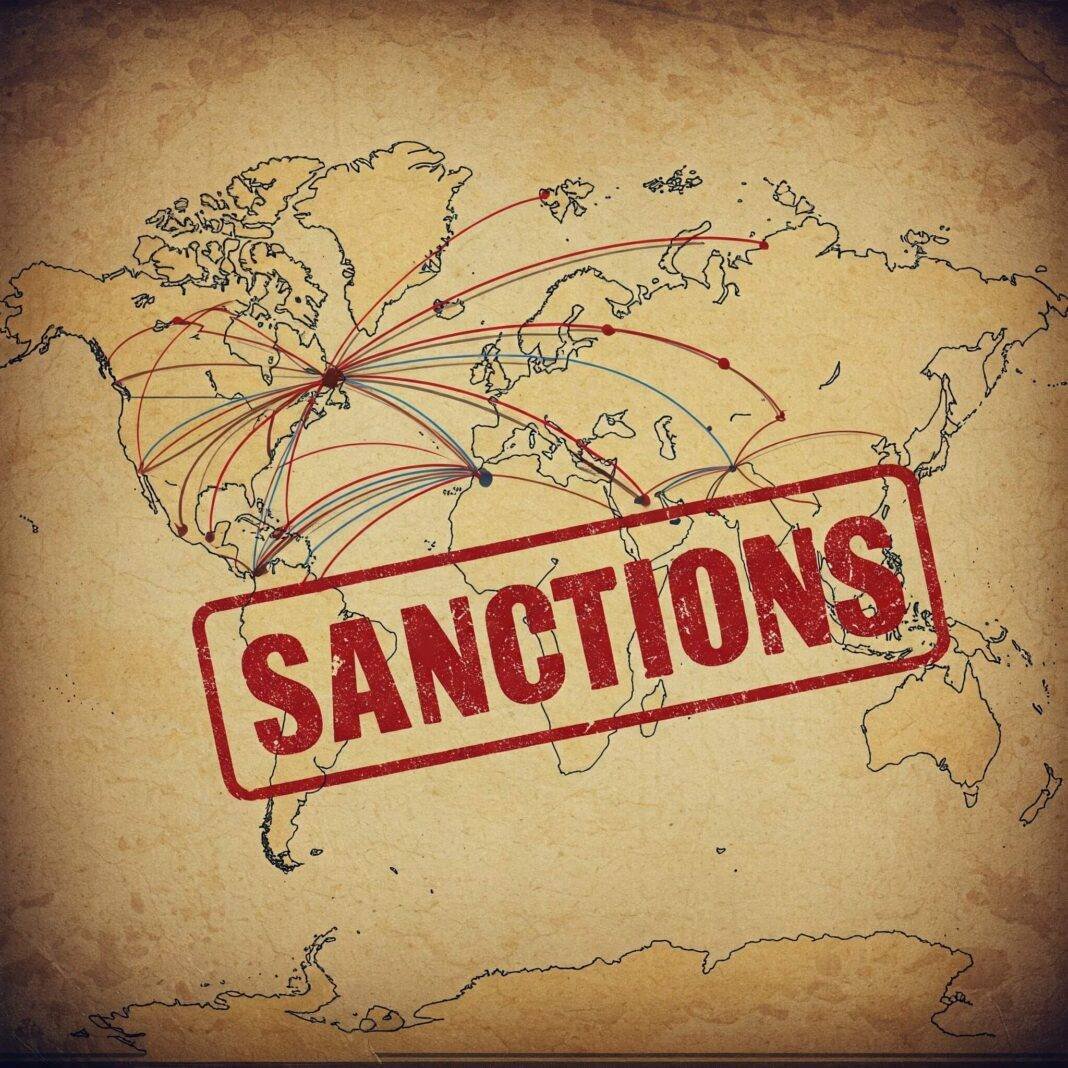Trade sanctions: who gets hurt the most is a question that reveals the complex fallout of economic restrictions. While aimed at pressuring governments, sanctions often hit businesses, consumers, and vulnerable populations hardest. This blog dives into their impacts, real-world examples, and actionable insights to understand their ripple effects

Why Trade Sanctions and Who Gets Hurt the Most Matters
- Context: Sanctions have surged, with over 13,000 U.S. measures active in 2024 (Treasury Department).
- Relevance: They affect everything from food prices to tech supply chains.
Outbound Link: U.S. Treasury on sanctions
Key Victims of Trade Sanctions
1. Consumers and Small Businesses
Sanctions drive up prices and disrupt supply chains. In 2022, Russia’s oil sanctions spiked global energy costs, hitting small retailers hard.
2. Vulnerable Populations
Civilians in sanctioned nations face shortages. Iran’s 2020 sanctions led to medicine scarcity, affecting 60% of hospitals (UN report).
3. Global Allies
Allied nations suffer collateral damage. EU firms lost $100 billion in trade with Russia post-2014 sanctions (European Commission).

How Trade Sanctions Hurt More Than Intended
Trade sanctions: who gets hurt the most often includes those least equipped to cope. Sanctions create ripple effects that outweigh their strategic goals:
- Economic Disruption: Supply chain delays, like those from 2024 China tech sanctions, cost global firms $200 billion.
- Humanitarian Crises: Food insecurity rose 20% in sanctioned nations from 2018-2023 (World Bank).
- Retaliation: Targeted nations counter with their own sanctions, as Russia did with EU food bans in 2015.
Data Insight: A 2024 Brookings study estimated sanctions reduce GDP in targeted nations by 2-4% annually, with 60% of the burden on civilians.
Real-World Examples of Trade Sanctions’ Impact
- Russia-Ukraine (2022-2024): Western sanctions crashed Russia’s ruble, but European consumers faced 10% higher energy bills.
- Iran (2018-2020): U.S. sanctions cut oil exports by 80%, causing a 30% rise in food prices for Iranians.
- Cuba (Ongoing): Decades-long U.S. sanctions have limited tech access, stunting small business growth.

Actionable Steps to Mitigate Trade Sanctions’ Harm
- Stay Informed: Track sanctions via news outlets like Reuters for market impacts.
- Support Relief Efforts: Donate to NGOs aiding sanctioned nations’ civilians.
- Diversify Supply Chains: Businesses should source from multiple regions to reduce risks.
- Advocate Smart Policy: Push for targeted sanctions that spare humanitarian goods.





